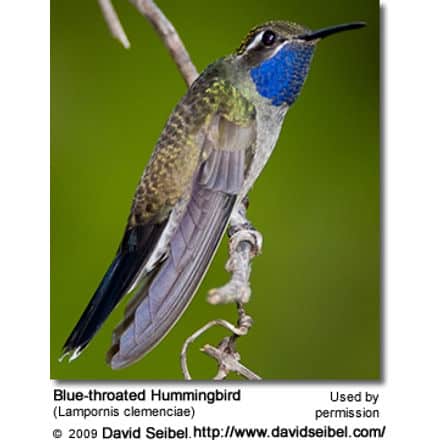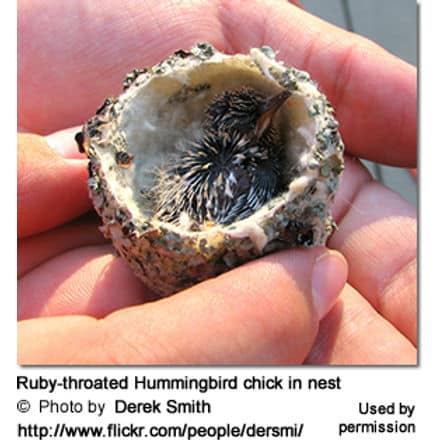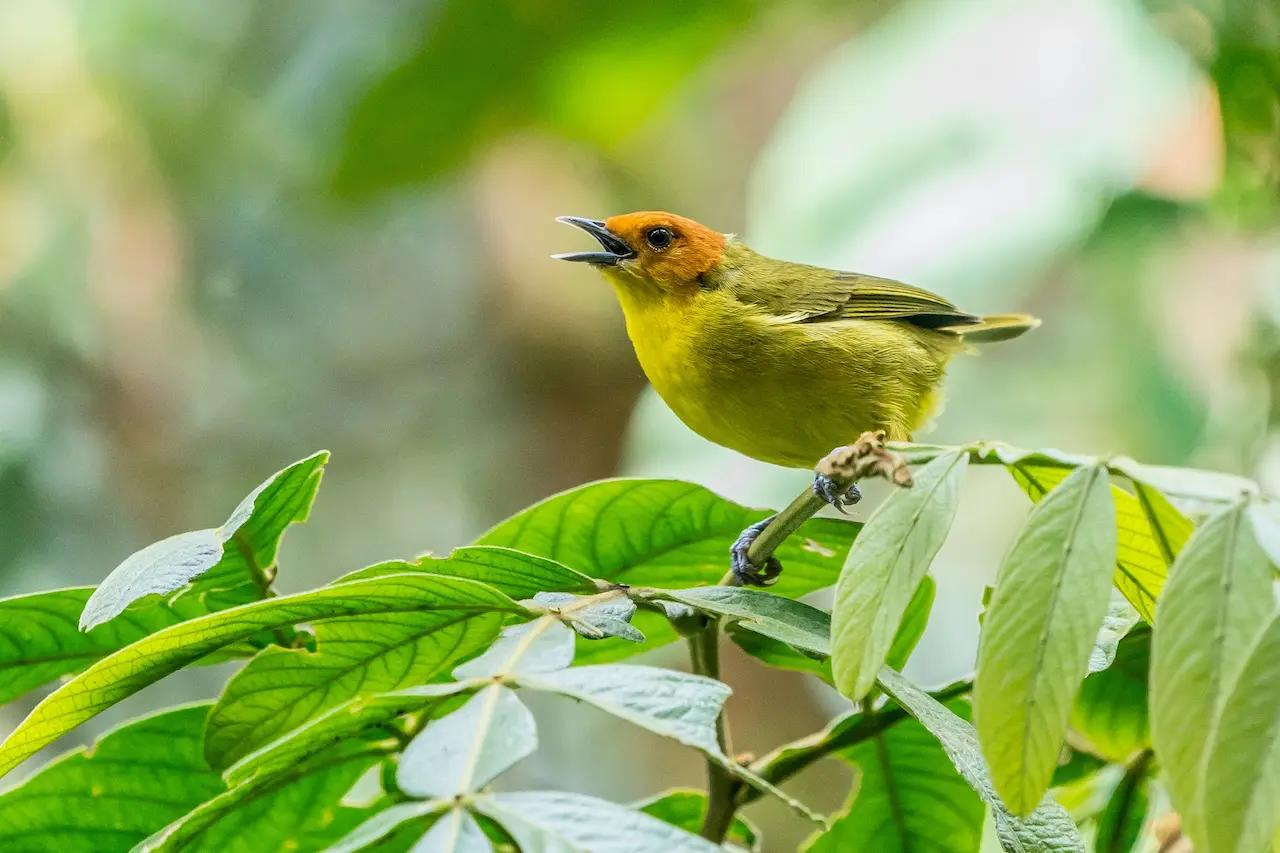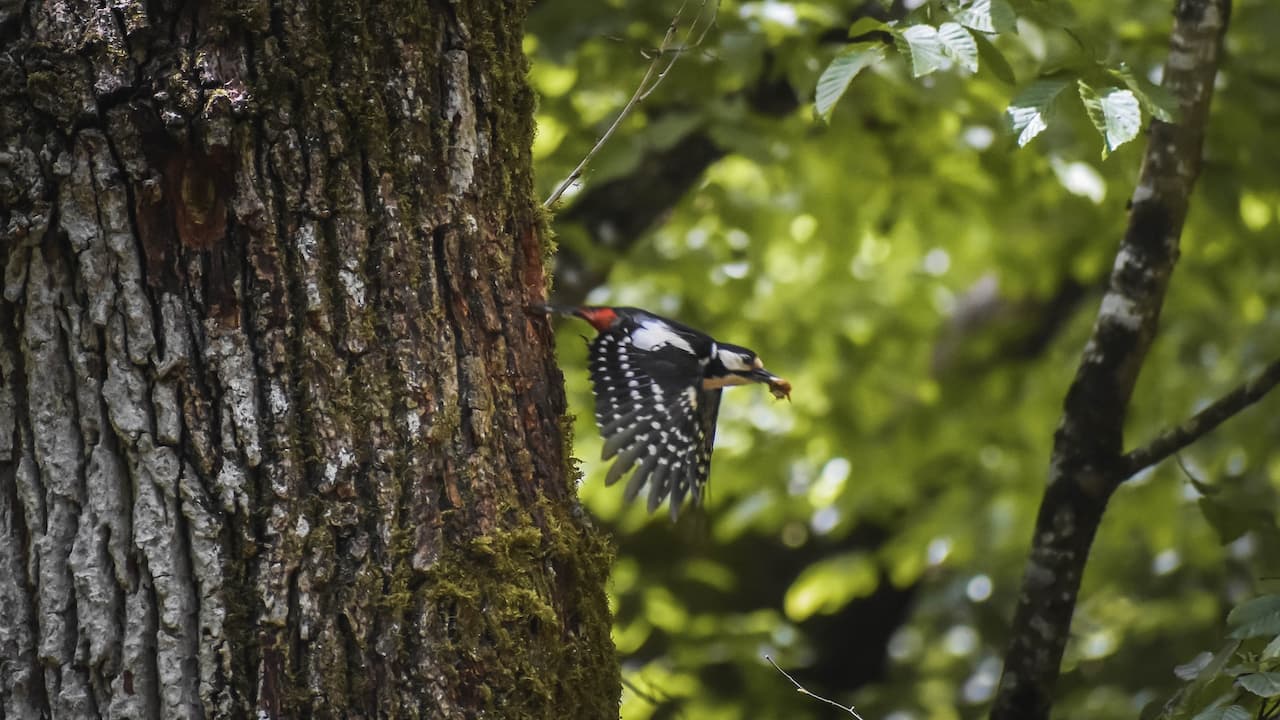Turtle Doves
Turtle Doves (Streptopelia turtur) are members of the bird family Columbidae, which includes doves and pigeons.
Distribution
This dove has a western Palearctic range, which includes Turkey and north Africa. They are rare vagrants in northern Scandinavia and Russia. This migratory species winters in southern Africa.
In the British Isles, France, and elsewhere in northwestern Europe populations have declined considerably, partly because changed farming practices reduces weed seeds and shoots on which it feeds, especially Fumitory, are scarcer, as well as shooting of birds on migration in Mediterranean countries.
The Turtle Dove, one of the latest migrants, rarely appears in Northern Europe before the end of April, returning south again in September.
They inhabit open rather than dense woodlands, and frequently feed on the ground. On occasion, they nest in large gardens, but they are usually extremely timid, probably due to the heavy hunting pressure they face on migration.
Description
Smaller and slighter in build than other doves, the Turtle Dove may be recognised by its browner color, and the black and white striped patch on the side of its neck, but it is its tail that catches the eye when it flies from the observer; it is wedge shaped, with a dark centre and white borders and tips.
When viewed from below this pattern, owing to the white under tail coverts obscuring the dark bases, is a blackish chevron on a white ground. This is noticeable when the bird stoops to drink, raising its spread tail.
The mature bird has the head, neck, flanks, and rump blue grey, and the wings cinnamon, mottled with black. The breast is vinaceous, the abdomen and under tail coverts are white.
The bill is black, the legs and eyerims are red. The black and white patch on the side of the neck is absent in the browner and duller juvenile bird, which also has the legs brown.
Their flight is often described as arrowy.
Similar Birds:
A New World(1) dove of similar appearance and behavior to that of the Turtle Dove is the Mourning Dove. ([1] New World is one of the names used for the Americas).
Breeding / Nesting
The nuptial flight, high and circling, is rather like that of the Wood Pigeon, but the undulations are less decided; it is accompanied by the whipcrack of the downward flicked wings. The arrival in spring is heralded by its purring song, a rather deep, vibrating “turrr, turrr”, from which the bird’s name is derived.
The nest is even more flimsy looking than that of the Wood Pigeon, being built of more slender twigs, usually at no great height, in a tree or old untrimmed hedge. The two white eggs are laid late in May or in June, often with a second clutch in July or August.
Other Doves Commonly Called “Turtle Doves”
A few other doves in the same genus are also called turtle doves:
- the Asian Oriental Turtle Dove S. orientalis and Spotted Turtle Dove S. chinensis.the African Dusky Turtle Dove S. lugens and Laughing Dove S. senegalensis.
- Laughing Dove S. senegalensis and Spotted Turtle Dove S. chinensis have been introduced into Australia.
Further Dove Information
- Dove Information
- Index of Dove Species
- Photos of the Different Dove Species for Identification
- Doves & Pigeons as Pets





